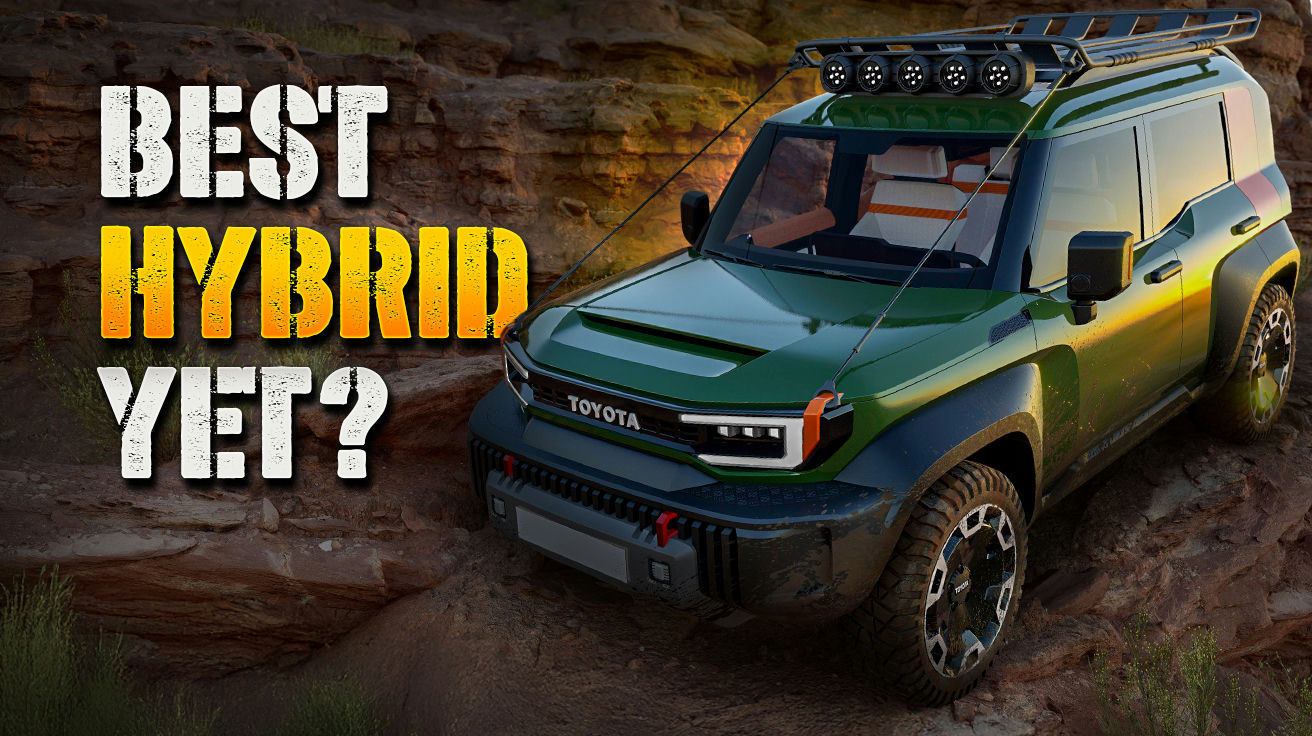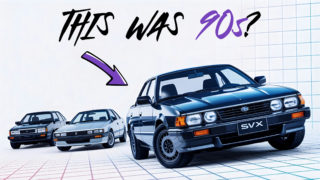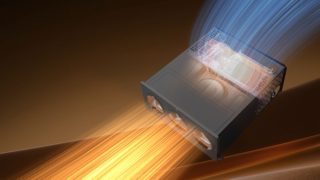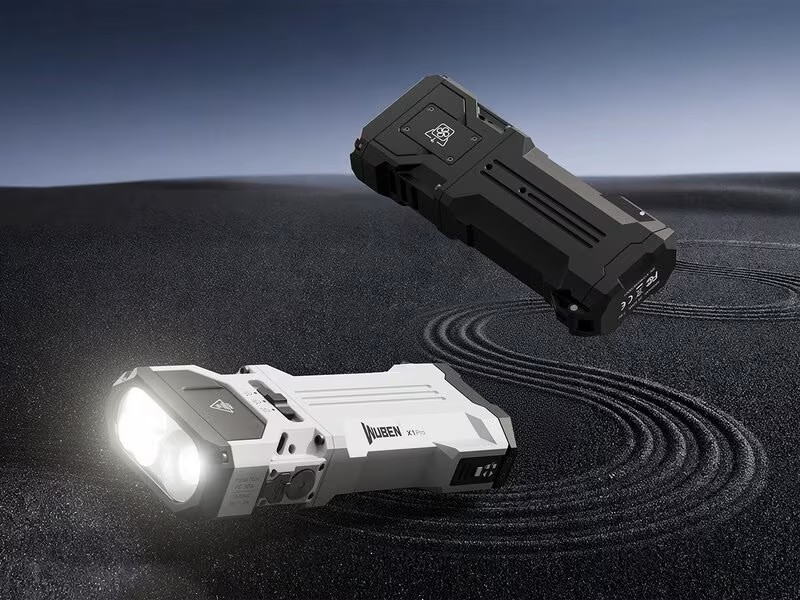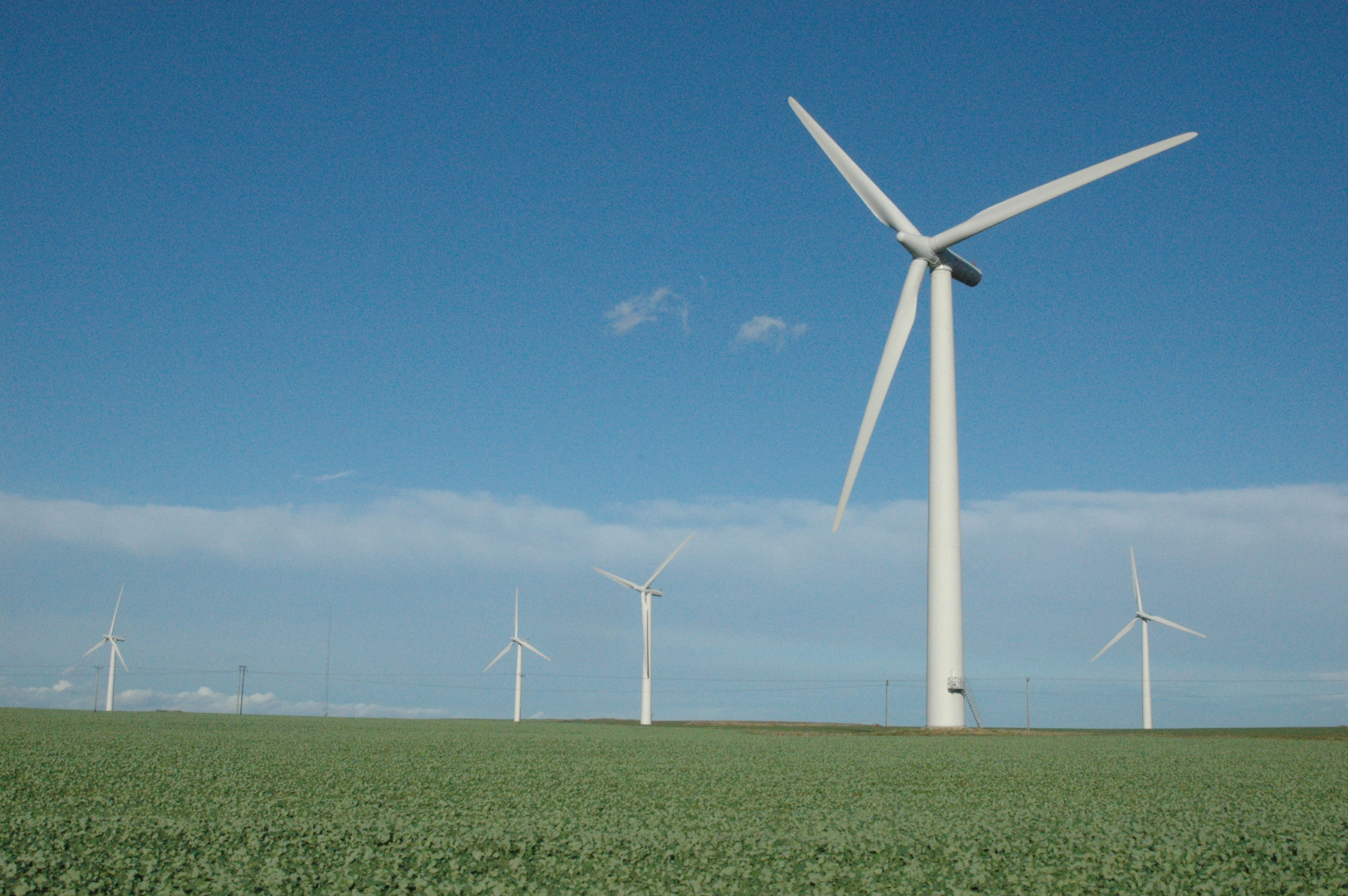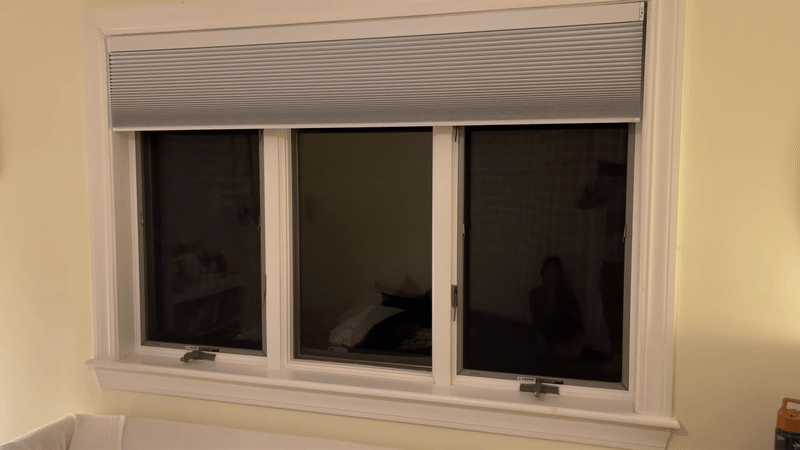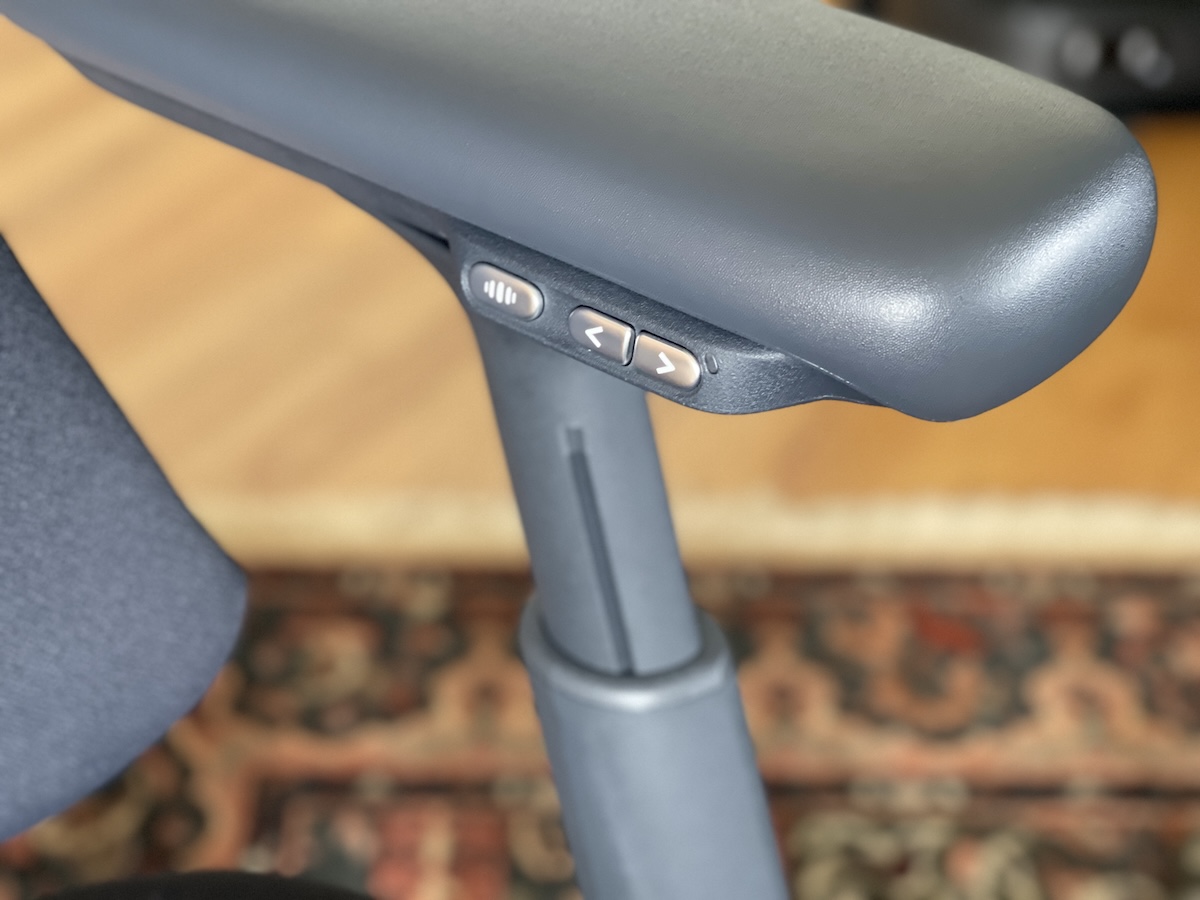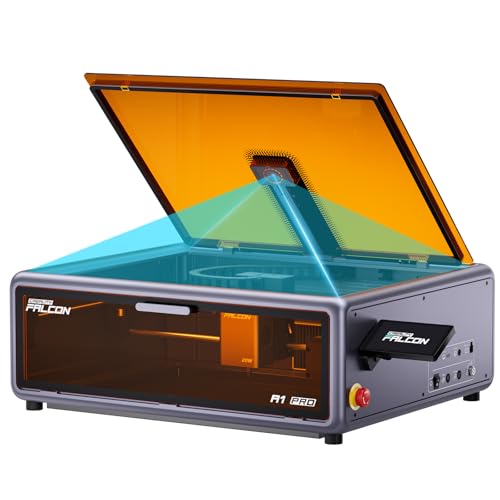The automotive world just hit the reset button. Major manufacturers aren’t tiptoeing around hybrid technology anymore—they’re sprinting toward it with 2025 and 2026 lineups that actually deliver on those efficiency promises you’ve been hearing for years, and models featured in Car and Driver’s best hybrid SUVs for 2025 are finally living up to the hype in real-world testing for performance, value, and efficiency. These aren’t your typical “move the taillights and call it revolutionary” updates either. We’re talking about legitimate game-changers that pack real capability without requiring you to take out a second mortgage.
Safety tech that makes your current ride look like it belongs in a transportation museum is now standard in many new models, as the evolution of car safety technology continues to shape the industry. Designs that take actual risks, and powertrains that don’t force you to choose between performance and your monthly gas budget. What matters most when choosing your next SUV? The design that greets you every morning and the cabin where you’ll spend countless hours—here’s how these contenders stack up where it counts.
7. 2026 Mazda CX-5 (Exterior)
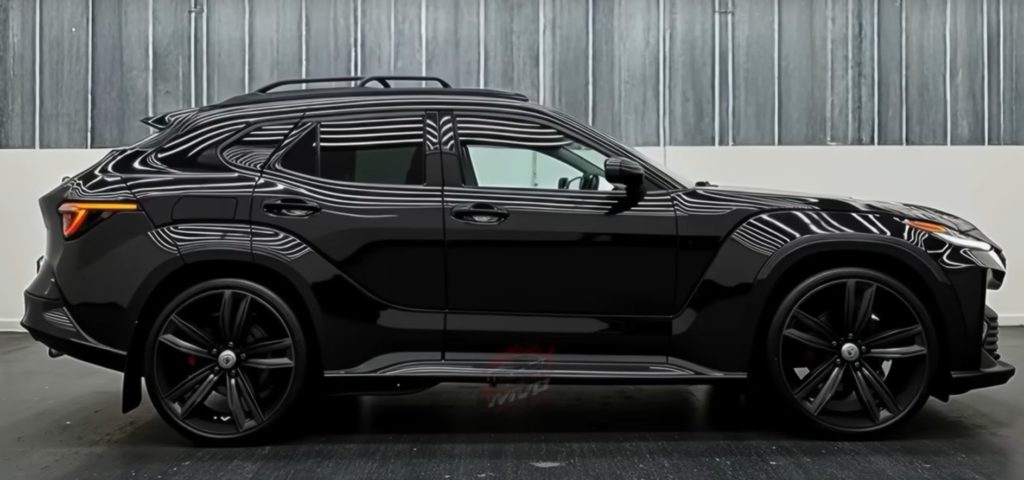
Mazda’s evolutionary design approach keeps the CX-5’s sleek proportions while refining details that matter, with clean lines and practical elegance highlighted in the official specifications. Clean lines flow from front to back without unnecessary creases or fake vents. Unlike competitors adding chrome strips and aggressive angles, this costs thousands less while looking twice as sophisticated as overdesigned alternatives.
2026 Mazda CX-5 (Interior)

The streamlined interior eliminates choice paralysis with Mazda’s signature commander control knob that actually works better than touchscreens while driving. Materials feel premium without premium pricing, while ergonomics show in every control placement. The simplified trim structure means you get features that matter without paying for unused options.
6. 2025 Lexus LX 600 (Exterior)
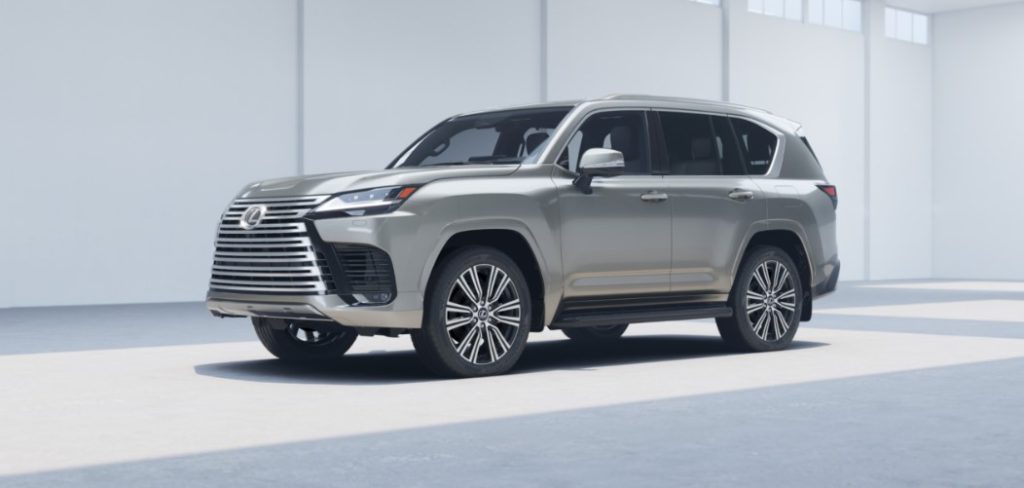
The LX 600’s imposing presence communicates serious capability through substantial proportions that dwarf most luxury SUVs. Chrome accents and LED lighting signature identify it as a Lexus while the overall stance suggests it handles whatever terrain you encounter. It’s luxury truck styling done right without appearing ostentatious like cheaper wannabes.
2025 Lexus LX 600 (Interior)
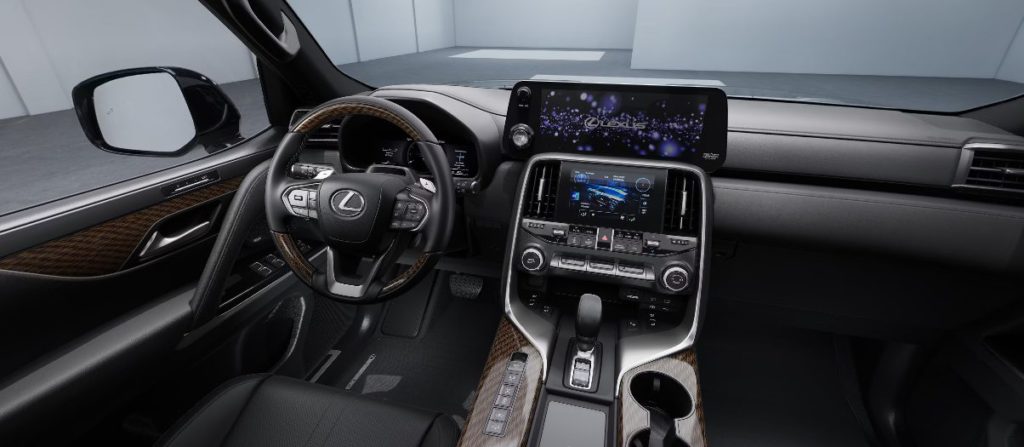
Premium materials and meticulous attention to detail create a cabin with Lexus’s exclusive Mark Levinson audio system as standard equipment, delivering a high-end sound experience. Seating accommodates eight passengers in genuine comfort while advanced tech includes heads-up display and emergency steering assist. The environment balances rugged capability with refined luxury that justifies the premium over Toyota alternatives.
5. 2026 Toyota RAV4 (Exterior)
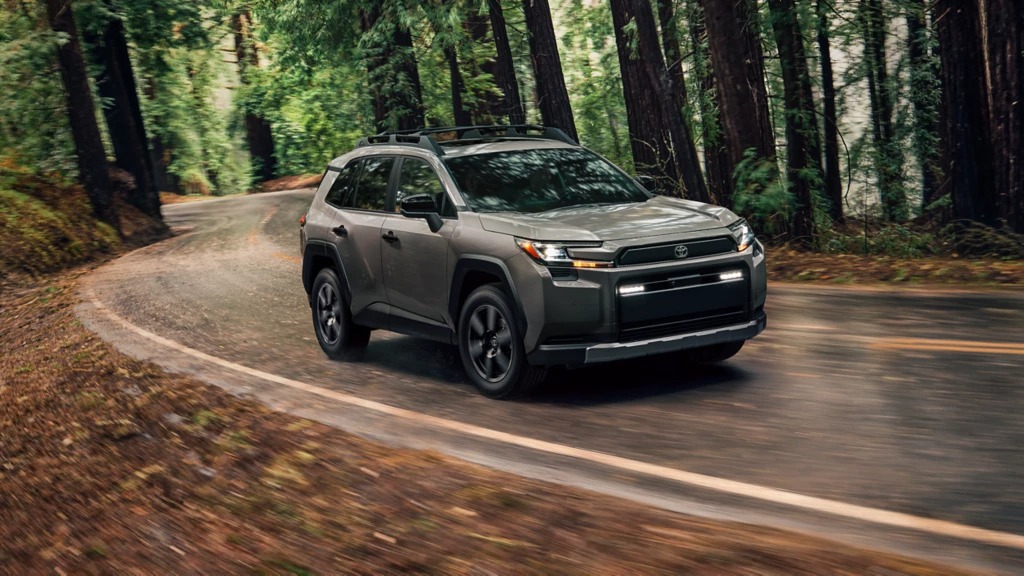
Toyota squared off the RAV4’s design with wider headlights and taillights inspired by the Crown sedan. The result trades the previous generation’s rounded blob appearance for intentional design statements. Proportions look more substantial and confident than current models, suggesting capability without fake ruggedness that costs extra elsewhere.
2026 Toyota RAV4 (Interior)
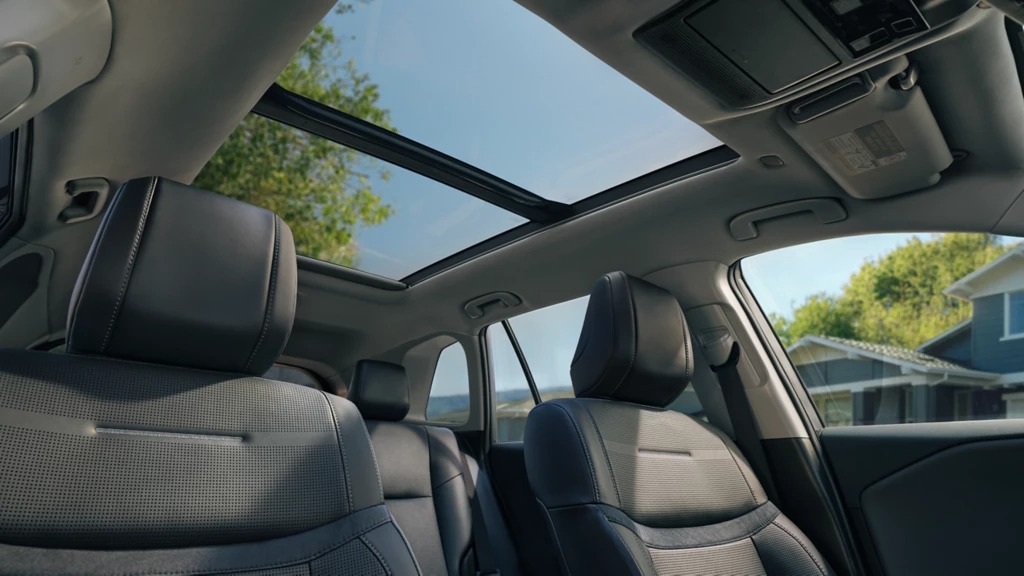
The cabin focuses on functionality with improved materials and Toyota’s new multimedia system that responds faster than previous generations, offering seamless integration and user-friendly controls – a point echoed in the best Toyota SUVs in 2025 guide, which praises the RAV4’s user-friendly interior and generous cargo space. Seating accommodates five adults with adequate space for daily use, while cargo areas maximize utility within the compact footprint. Tech integration feels natural rather than forced, supporting your drive instead of distracting.
4. 2026 Porsche Cayenne (Exterior)
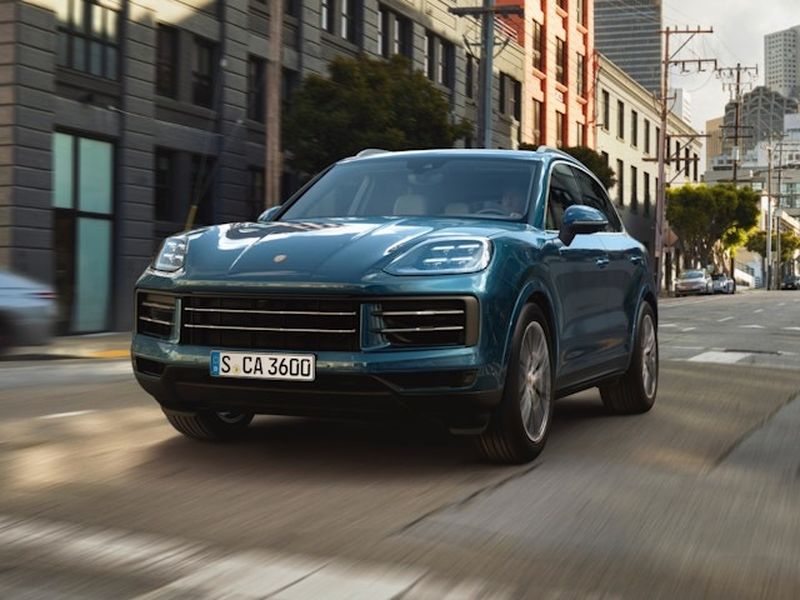
The Cayenne maintains Porsche’s distinctive design language adapted for SUV proportions that start at nearly $90,000. Aggressive front fascia and sculpted sides communicate performance intentions without appearing cartoonish. The profile balances athletic stance with practical proportions, proving sports car DNA translates to utility vehicles when money’s no object.
2026 Porsche Cayenne (Interior)
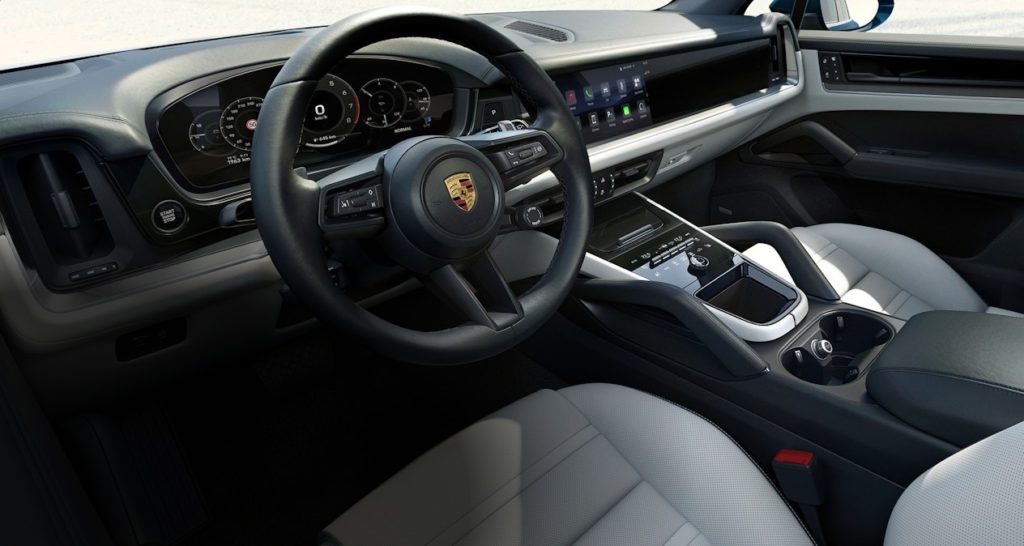
Up to three digital displays anchor a cabin with Porsche’s curved screen technology borrowed from the Taycan. The 12.3-inch central screen controls everything intuitively while maintaining physical controls for essential functions. Materials and build quality justify the six-figure price tag, creating an environment that feels special every single time you drive, with advanced safety features like automatic emergency braking systems enhancing peace of mind.
3. 2026 Subaru Outback (Exterior)
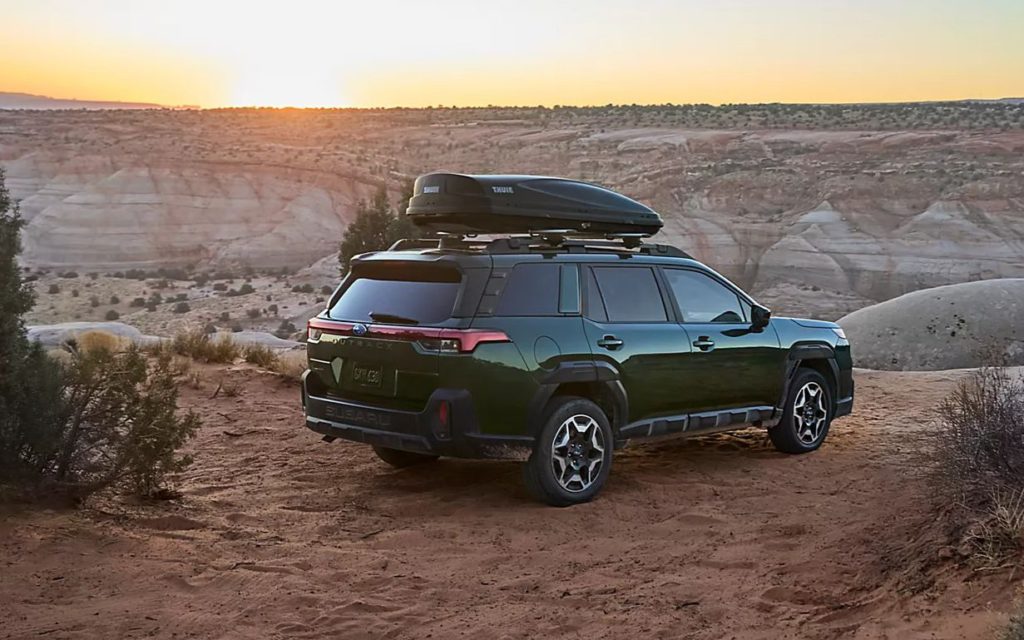
The 2026 Outback adopts a more upright, rugged stance with 8.7 inches of ground clearance—more than most “off-road” luxury SUVs. Higher positioning and protective cladding communicate capability without resorting to aggressive styling gimmicks. Proportions balance practicality with adventure-ready aesthetics that work anywhere from country clubs to trailheads.
2026 Subaru Outback (Interior)
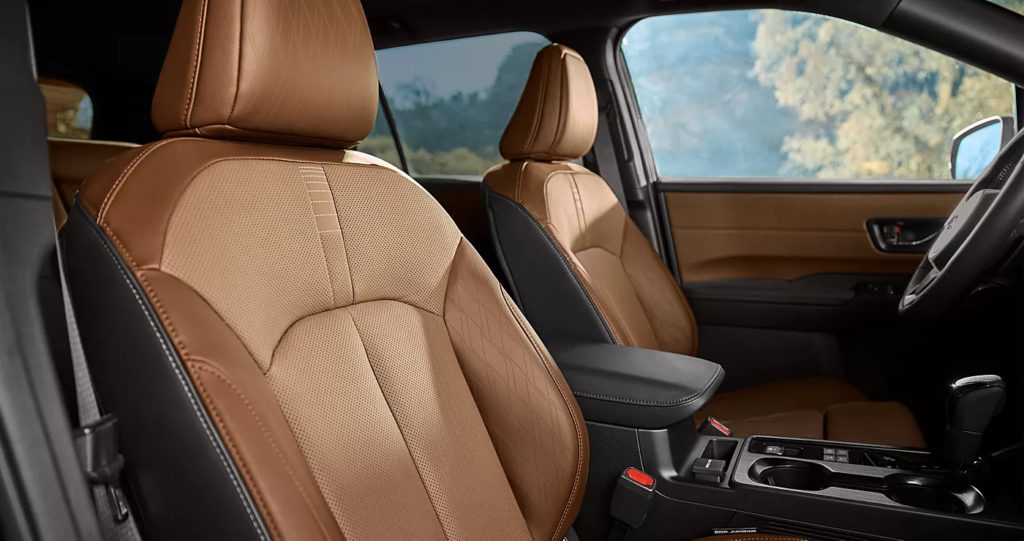
Subaru prioritizes practicality with spacious seating for five and standard Symmetrical All-Wheel Drive that actually works in snow. Starting around $35,000, you get physical controls where they matter most, avoiding all-touchscreen traps, and the latest hybrid and safety features—like those in the 2025 Subaru Forester Hybrid—help keep families secure in all conditions. Durable materials handle outdoor gear and family chaos while maintaining comfort levels for long drives.
2. 2026 Toyota Highlander (Exterior)
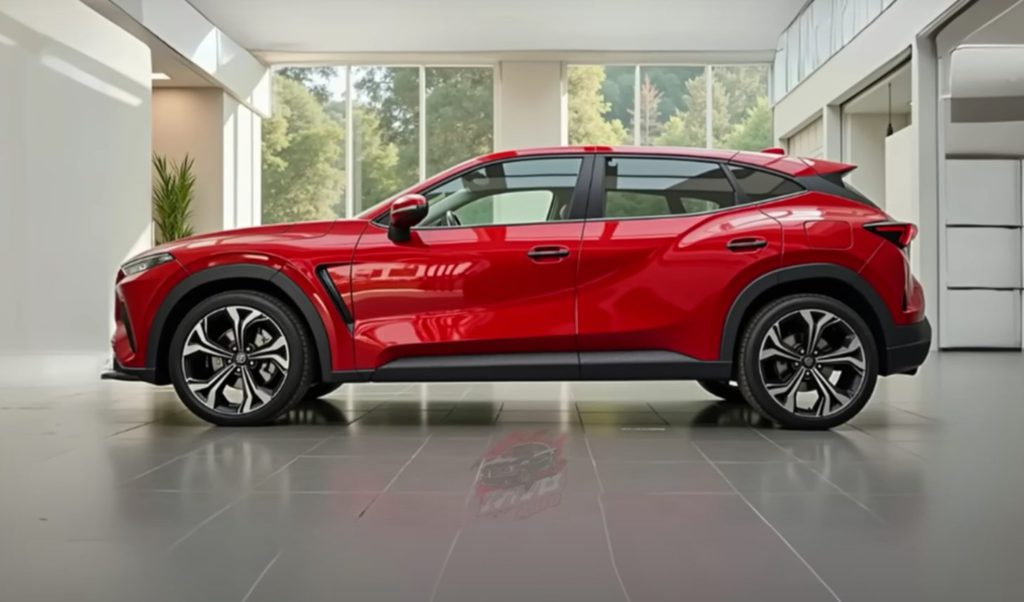
The Highlander’s design balances family-friendly practicality with understated presence that costs $20,000 less than comparable luxury three-rows. Clean lines avoid the minivan stigma while providing space families actually need. Proportions look substantial without appearing bloated, achieving that difficult balance between capability and curb appeal for everyone.
2026 Toyota Highlander (Interior)
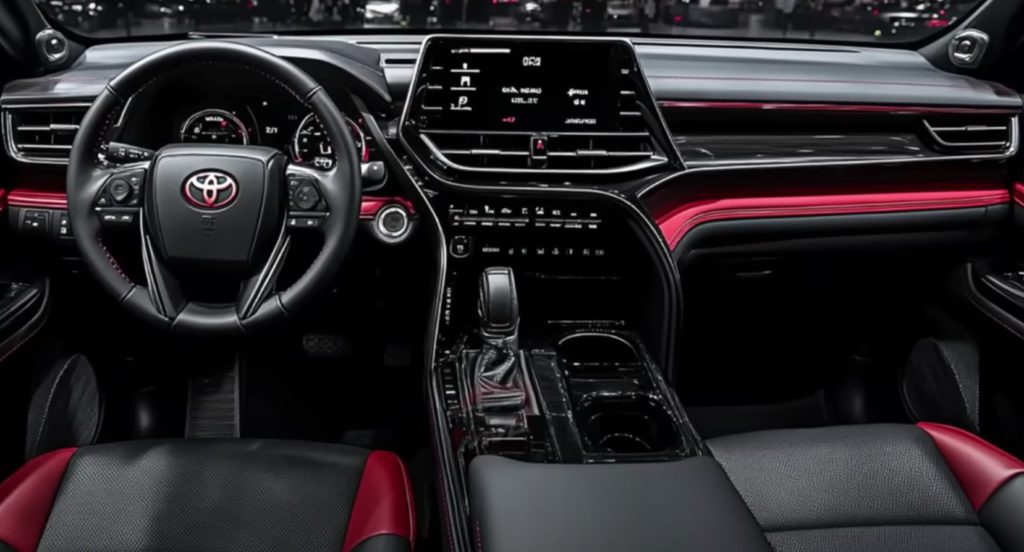
Three-row seating accommodates up to eight passengers with adult-friendly second-row dimensions that beat most luxury competitors. Digital displays start at 12.3 inches with Toyota’s fastest-responding infotainment system yet. Nearly 48.5 cubic feet of cargo space with the third row folded handles everything without Tetris-level packing skills required, and official specs highlight just how much room and tech you get for the price.
1. 2026 Toyota Land Cruiser FJ (Exterior)
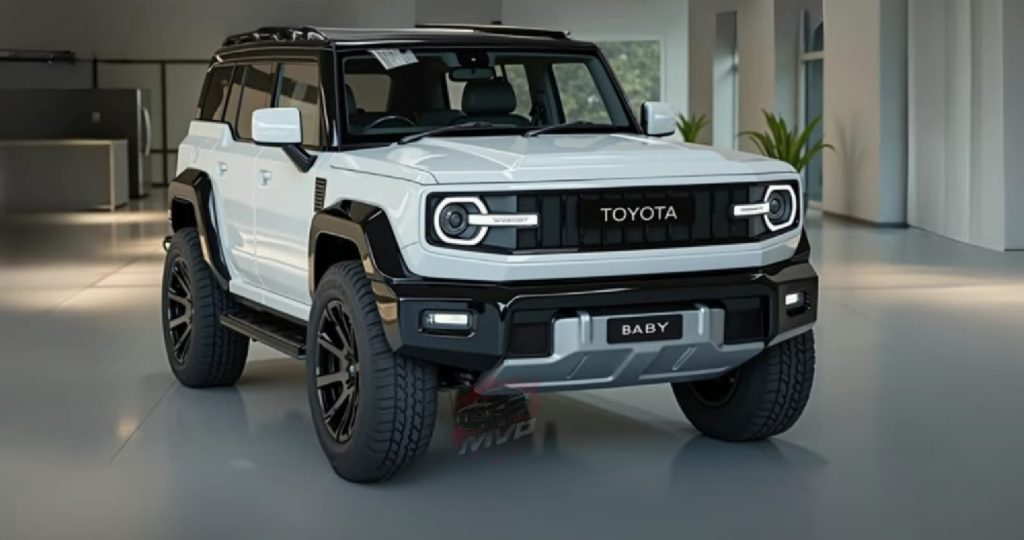
Toyota nailed the retro-modern balance with the FJ’s squared-off body lines and iconic round headlights, blending classic looks with modern engineering as seen in the 2026 Toyota lineup preview. At 177 inches long, it’s 20 inches shorter than a Tahoe yet maintains that aggressive stance that screams capability. The body-on-frame construction creates genuine truck proportions without the bloated dimensions plaguing modern SUVs.
2026 Toyota Land Cruiser FJ (Interior)
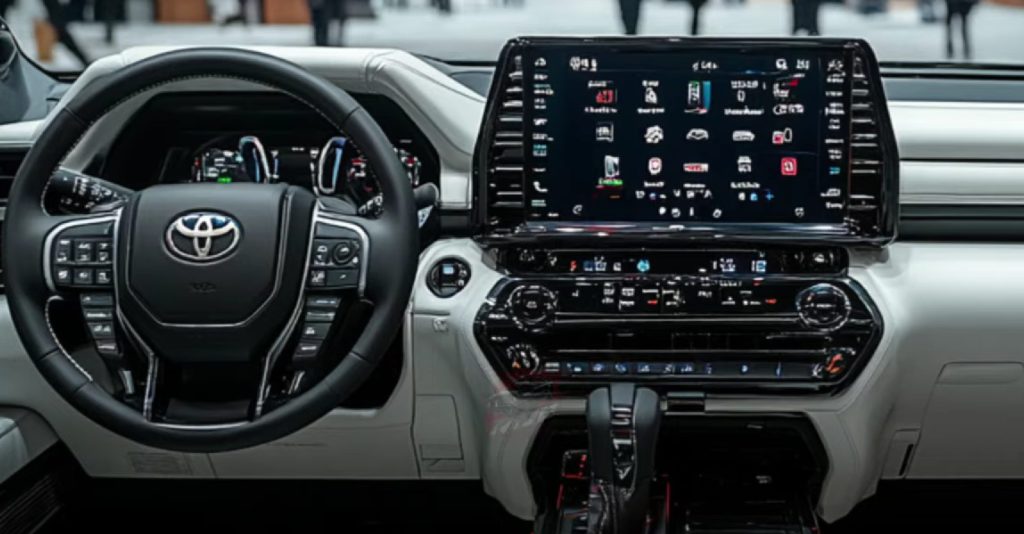
The cabin prioritizes function over flash with durable materials built for actual use. At $35,000, you get real buttons for climate control while luxury brands charge extra for basic functionality. Seating accommodates five adults comfortably within the 108-inch wheelbase, while cargo space handles weekend adventures without requiring engineering degrees.


